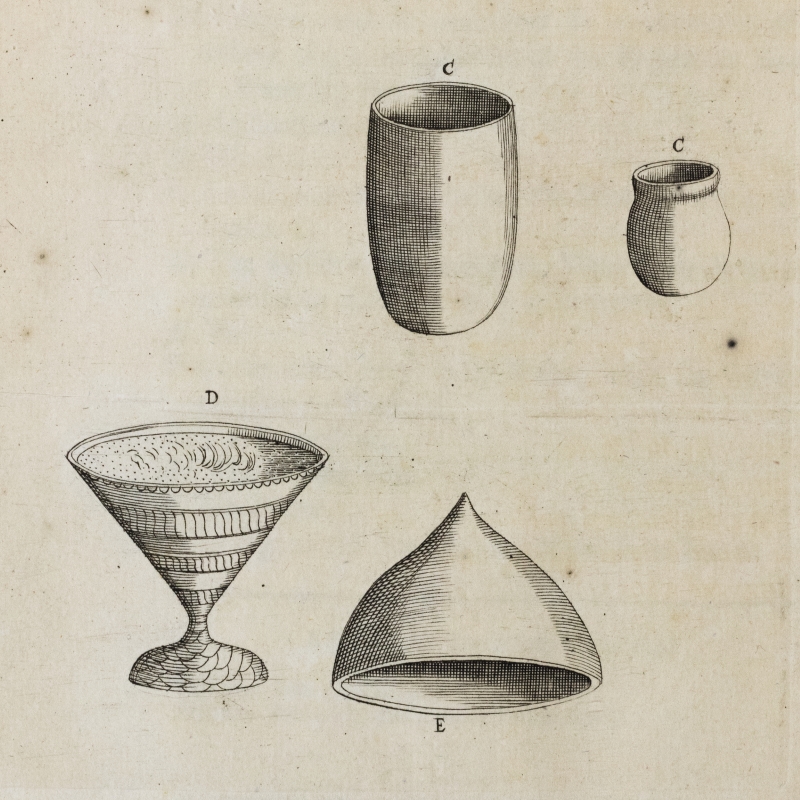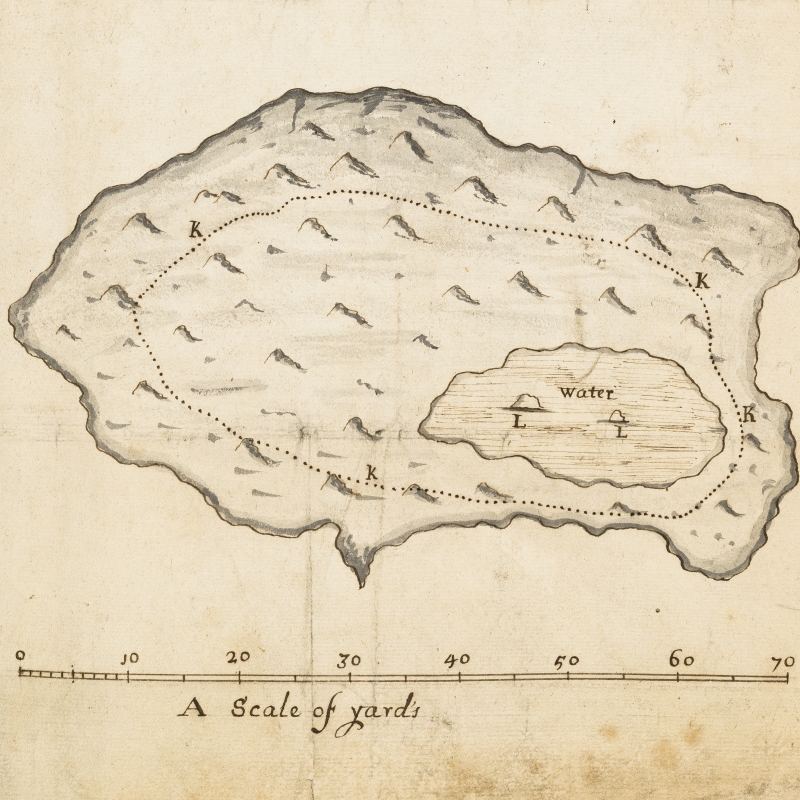Archivist Virginia Mills looks at key discoveries in the development of polarizing filters by William Bird Herapath FRS and Edwin Land ForMemRS.
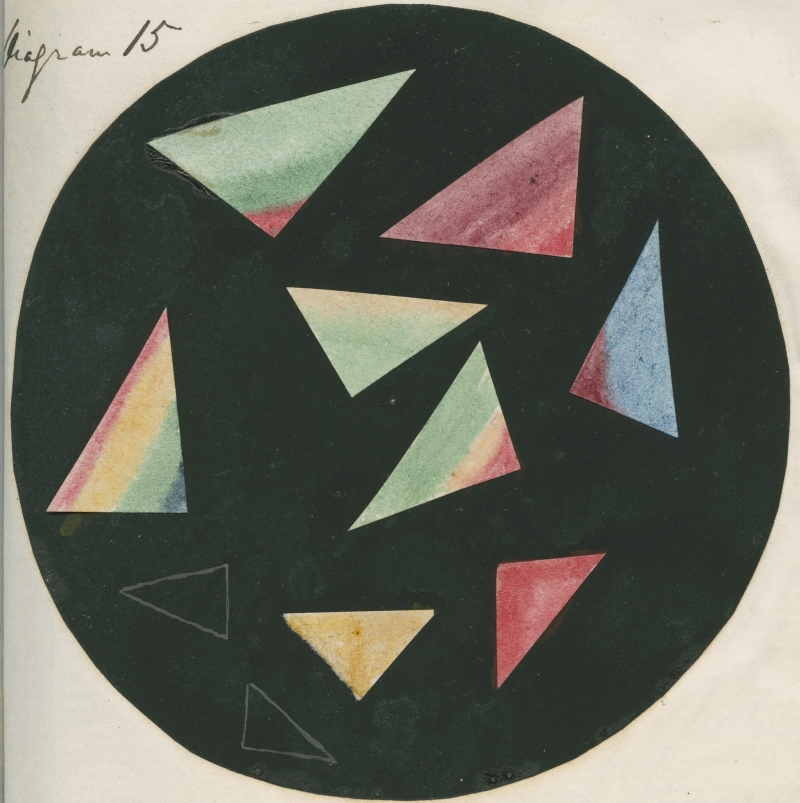
My lockdown life has, more than ever, been reliant on my smartphone to keep in touch with friends and family. I’ve been grateful for the power of the rapid update to stay connected. Smartphones have made instant photography and photo-sharing platforms such as Instagram ubiquitous, so it’s easy to forget it wasn’t so long ago that the method of choice for ‘instant’ images was the Polaroid camera.
I’m old enough to remember envying school friends who could press a button and wait a mere 60 seconds to see their Polaroid picture fully formed and fixed, ready to be shared around. All the processes of a darkroom or your local chemist’s film development service were neatly contained within the Polaroid camera, ready to spark a chemical chain reaction when the shutter clicked and the photo was ejected through the rollers.
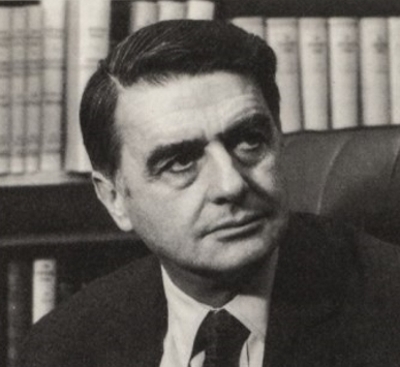
Edwin H Land, copyright J J Scarpetti
The polaroid camera was the invention of American chemist and entrepreneur Edwin Land ForMemRS (1909-1991). His Polaroid company, founded in 1937, had already found success producing the first polarizing sheets before Land invented his camera, reputedly in response to his daughter wondering why she couldn’t immediately see a holiday snap he had taken.
Polarizers are optical filters that block light waves of a specific polarization while allowing others to pass through. They are often used to eliminate glare and reflection as they can absorb light which is polarized perpendicular to the structure of the filter. The first applications for Polaroid’s customers were as filters on windows, sunglasses and camera lenses. Polarizing filters are key to many modern technologies including LCD displays, 3D glasses and optical microscopes.
Dr Land owed a debt to another Fellow of the Royal Society, William Bird Herapath (1820-1868), for the chemical used to create his first filter. The crystals embedded within Land’s first polarizers were iodoquinine sulfate, created in 1852 when a lab assistant of Herapath’s added iodine to the urine of a dog that had been given quinine. When Herapath looked at the resulting emerald green salt crystals under a microscope (not as odd as it may sound, as he was a physician and toxicologist who was trying to determine why quinine passed through the body without undergoing any chemical transformation), he observed that when they were overlapped in a certain way the crystals appeared completely black. He recognised that their optical properties were significant, and his colleagues named the new compound herapathite in his honour.
Herapath was able to recreate and refine the process so that large sheets could be made and separated from the liquid in which they were suspended. In the refined process the dog urine was, by-the-by, replaced with acetic acid to create the quinine sulphate before adding the iodine. Crucially herapathite was the first polarizer that could be synthesised; previous types were derived from costly, naturally-occurring minerals such as tourmaline. In his earliest paper on the subject, Herapath recognised the significance of this, describing herapathite as artificial tourmaline and comparing its polarizing properties and cost-effectiveness favourably with the natural equivalent, which he was sure it would replace.
Given the significance of herapathite in the history of optics – an accidental discovery maybe on a par with Fleming’s mouldy petri dishes in medicine – I was surprised to find that Herapath’s research wasn’t published in full in any Royal Society journals. Between 1854 and 1858 he submitted several versions of his paper on the optical properties of herapathite to the Society. These were read at meetings of Fellows, but only appeared in print as abstracts in the Proceedings. The original manuscripts can be found in the Royal Society collections in our ‘Archived Papers’ series, a scientific treasure trove of material from the eighteenth to the twentieth centuries. Many never made it fully into print. The Society’s policy these days is to return unpublished papers, but they were previously retained. That included original illustrations such as these figures of the cinchona alkaloids that Herapath was investigating when he and his lab assistant made their discovery:
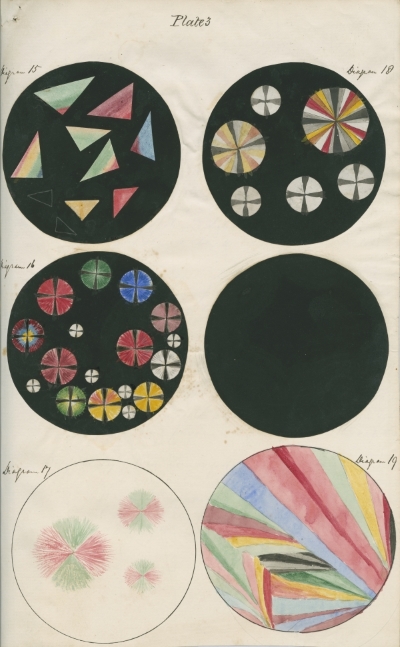
Image from 'Research on cinchona alkaloids' by William Boyd Herapath (AP/40/3)
Another series in our archive, the Referees’ Reports, gives some insight into why Herapath’s papers were not published by the Society. William Hallowes Miller’s report on Herapath’s research identified nothing novel in the crystallography element of the paper and, whilst he admired the work on polarization, he thought Herapath’s writing lacked clarity and his conclusions were based on assumptions. The second reviewer was harsher, stating that no new principles were advanced in the optical aspects of the work. Perhaps this was because Herapath was known to publish his papers in multiple publications with few changes and the research had already appeared in the Philosophical Magazine. Otherwise, it was a failure to realize that the properties of the material rather than the principle were the game-changer. The discovery was recognised in the citation for Herapath’s election to the Royal Society in 1859, which describes him as ‘the inventor of a new polarizing medium’:

William Bird Herapath's certificate of election to the Royal Society (EC/1859/05)
Building on the optical work of David Brewster FRS (1781-1868, inventor of the kaleidoscope) and George Stokes FRS (1819-1903), it was Land who was able to fully realise the potential applications and commercial viability of herapathite, 80 years after Herapath’s discovery was first communicated to the Philosophical Magazine and to the Royal Society.
Herapathite is a great example of the often-accidental origins of scientific discovery. So next time you pop on your sunglasses and snap a (glare-free) picture on your smartphone, remember that the technologies for both owe a debt to scientific serendipity, the enquiring mind of a physician, the entrepreneurial endeavour of Polaroid’s founder... and dog urine. It puts a new spin on a selfie.




